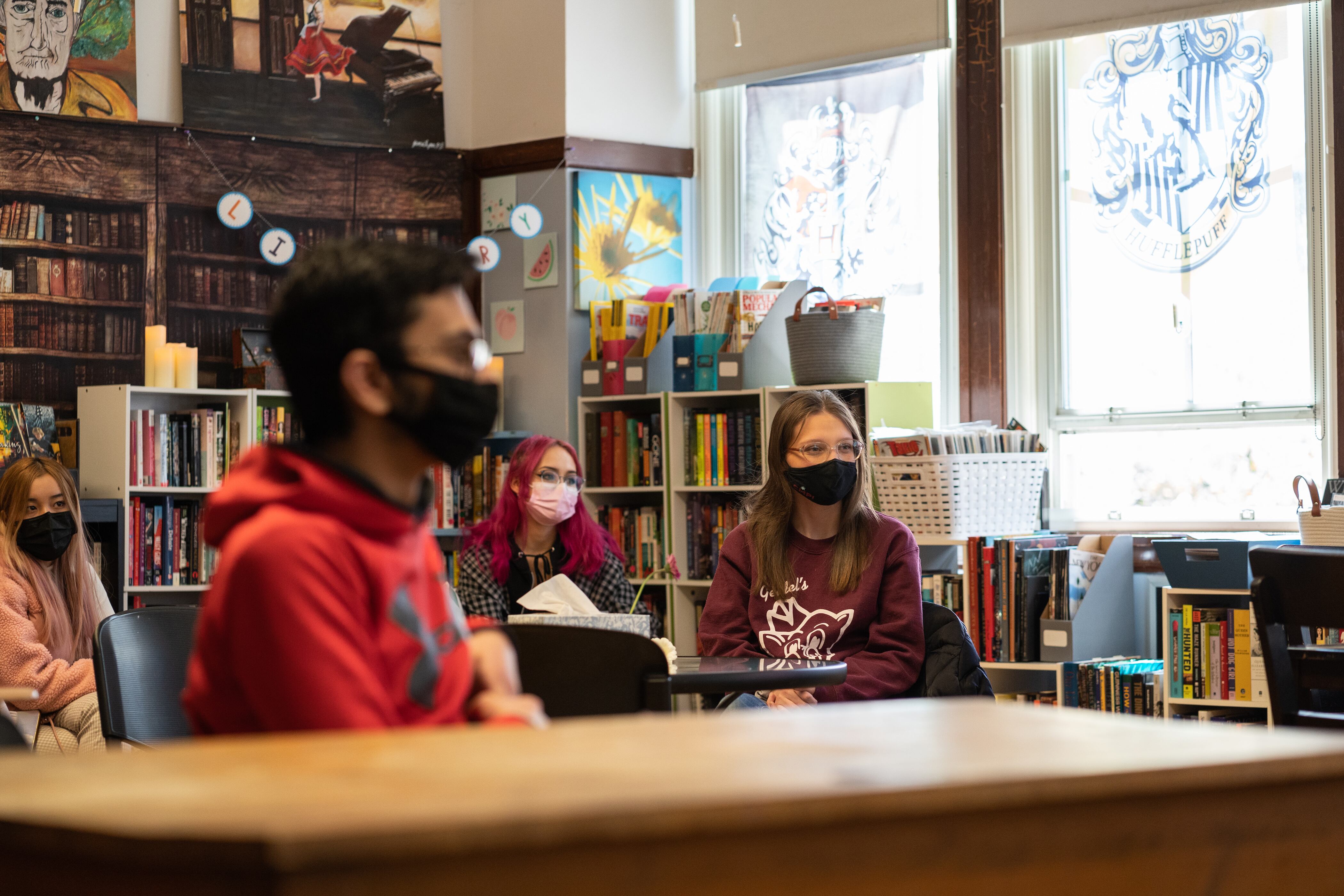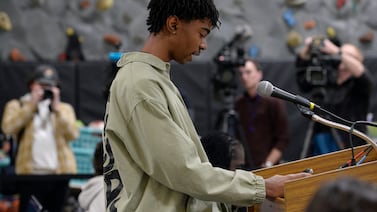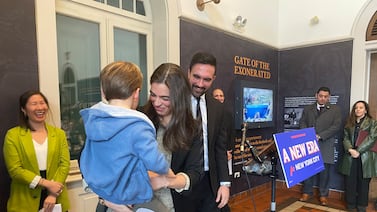After a school year marked by stops and starts, New York City’s top schools official drew a line in the sand this week: This fall, there will be no virtual learning option.
“We know our schools have been safe and we need our children back,” the city’s schools chancellor, Meisha Porter, said in an interview. “Nothing, absolutely nothing, replaces the interaction and the learning that happens between a student and teacher in our classrooms.”
The country’s largest school district is the latest in a string of states and large districts to announce that they won’t offer a virtual schooling option this fall, or will offer only a very limited one.
New Jersey’s governor said there would be no virtual learning option for families in the state barring a local COVID outbreak. Illinois education officials are putting tight restrictions on remote learning, and will only permit it in cases when students can’t yet get vaccinated and are under quarantine. Several large districts in Florida are eliminating the remote learning options they offered this year and are directing students who want to stay virtual to programs that use the state’s online curriculum.
But plenty of places have already said they’re going the other direction — maintaining a virtual option that they are confident will be in demand next year.
The school districts serving Los Angeles, Las Vegas, Miami, and Houston have all said they intend to continue offering a fully virtual option this fall. This week, the head of Los Angeles’ schools, Austin Beutner, said he knew some students and staff would want a virtual option until they can be vaccinated, or because they live with an immunocompromised family member.
“We expect the vast majority of students, teachers and staff to be at school every day but recognize that we must provide the online opportunity for those who need it,” he said.
The decisions make clear that next school year will look very different across the country — and in many places, the pandemic will still be shaping students’ and families’ experiences.
In places like New York City, the moves also raise questions about whether school districts will be able to build trust with the many families who’ve not yet returned to in-person learning, either because of health and safety concerns or because they think virtual learning is a better fit for their child. The latest national data showed that around six in 10 Asian students and just under half of Hispanic and Black students were still learning fully virtually as of March.
When Rashid Johnson heard this week that New York City’s public schools wouldn’t offer a remote learning option this fall, his reaction was “paralysis.”
Like more than 60% of the city’s students, Johnson’s son is learning virtually. He’s in fourth grade at a Brooklyn public school and his teacher uses a rotating camera so he can interact with both his virtual and in-person classmates. The setup is working out, and Johnson had hoped that would be an option again, at least until the COVID vaccine is widely available for children his son’s age.
Right now the vaccine is approved for children 12 and older, and it’s not expected to be approved for younger children until later this year, at the earliest.
Now Johnson is considering transferring his son to a charter school that will continue to offer virtual learning. Johnson sees the city’s decision as a “smack in the face” to many parents, like him, who have chosen to keep their children learning at home.
“To me, it’s stressful,” he said. “I’m not going to send my kid back to a school without him being vaccinated — it’s just not going to happen.”
Officials who support the no-virtual-option approach say they want to encourage as many students to learn in person as possible. Pushing all students back into buildings also allows schools to scrap complicated split schedules and the need for teachers to run their classrooms online and in person at the same time.
And it’s a reflection of research showing that reopening schools doesn’t seem to contribute to the community spread of COVID, especially when cases are already rare, mitigation measures are strong, and vaccination rates are increasing.
Many parents have welcomed the news that school will be fully in-person this fall, though it caught some off guard.
“I was very surprised to hear there wouldn’t be a full remote option for anybody who really felt like they needed it,” said Jessica Dowshen, a Brooklyn parent. Still, she’s glad this means her sixth-grader will be able to socialize with his peers more next school year. “The general consensus from the group of parents I speak with is one of relief and happiness.”
Yolanda Johnson, a Newark parent who founded the group Parents Educating Parents, says she’d like to send her daughter, who will be a senior in high school next year, back for in-person instruction in the fall — though she has questions about what mitigation measures will be in place. But she knows several parents who wanted a remote option this fall because they don’t yet feel comfortable.
Some are worried about their children’s ability to wear masks for long periods of time, while others have concerns that their children would be more at risk of getting severely ill if they got COVID, especially since the city has a high rate of children with asthma. Without a remote option at their public school, some families are considering homeschooling their children this fall.
“I wish that the decision makers in New Jersey would do a mass outreach to parents to allow us to weigh in,” she said. “You can’t just make a decision without both of us sitting at the table and sorting things out together.”
But even in places that do plan to allow families to choose among virtual and in-person options, some parents say they’ve been left in the dark about what exactly each option will look like.
In Newport News, Virginia, parent Rebecca Reese is leaning toward picking a virtual option for her children, who will be going into fourth and sixth grades this fall. She’d prefer to send them back in person, but she’s worried that masks won’t be required in the classroom and her younger son has asthma. She wishes she had more time to make her selection, which is due by mid-June.
There’s another wrinkle, too. The district is only planning to offer a virtual option for the fall semester, and she’s not exactly sure how it will work. She hopes it will keep pace with the in-person classes, because if there’s a chance her kids would fall behind by going that route, she’s considering a third plan: homeschooling them.
“We have to make that decision so quickly,” she said. “I can’t make an educated guess about what’s going to be happening in the fall, so I have to play it safe.”
Alex Zimmerman contributed reporting from New York City.





